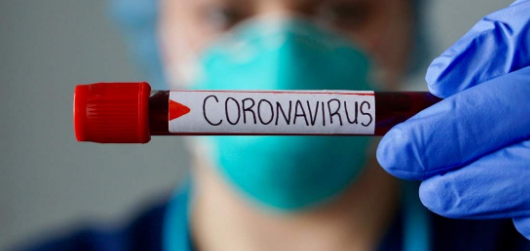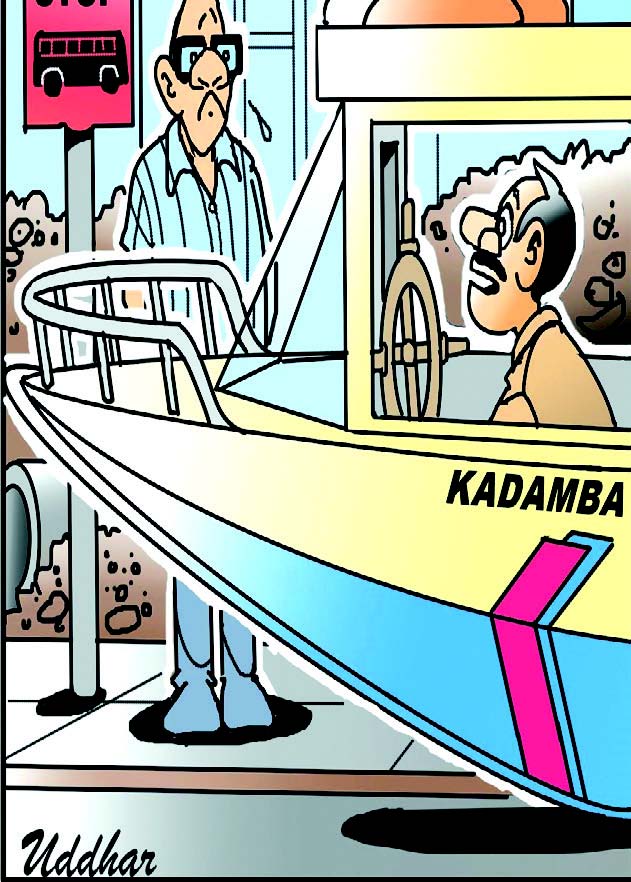
After two months, Goa’s test positivity rate – the number of infections vis-a-vis the tests – dropped to below 10 per cent in the past week but the figures are still oscillating quite a bit which makes it difficult for the government to take a decision on opening up fully. On June 17, the positivity rate was 8.6 per cent, it fell to 7.83 per cent the next day only to rise again a day later on June 19 to 8.70 per cent. For the same period, new cases too showed some fluctuation with 255 new infections on June 17, followed by 315 on June 18 and then 302 on June 19. From the figures, it is clear that Goa is still not completely free from the COVID-19 virus.
At the all-India level, the daily count dropped to 60,753 in 24 hours ending at 8 am on June 19, while the daily positivity rate, went down to 2.98 per cent as against 3.24 per cent the previous day. The weekly positive rate stood at 3.58 per cent. As per World Health Organisation norms, test positivity ratio of less than 5 per cent is the indicator that the infection spread is under control in a locality. Goa’s has still not reached that figure, while for the rest of the country it has already achieved this. The active caseload for the country is now at 7.60 lakh, which is 2.68 per cent of the total infections. Goa’s active cases on June 19 stood at 3473, which means 2.11 per cent of the total caseload of 1,64,229. All these figures are so much more reassuring than from the last month when cases were increasing at frightening speed.
The curfew and restrictions currently in place in the State were due to end on June 21 at 7am, and late June 19 the government announced its decision to extend the curfew with more relaxations. June 21 is also the date on which schools will start a new academic year, with online classes, though teachers will have to work from the schools, with exemptions for special cases. Goa’s decision to ease some of the restrictions is in conformity with most other States have done the same as cases have decreased, but Goa’s test positivity rate has still not met the WHO norms to completely ease off, despite this the government has allowed certain restrictions, primarily so that people do not suffer financially and also to meet the seasonal needs due to the monsoon. While such relaxations for economic reasons are understandable, it is the other relaxations that need to be considered by the government when it lifts the curfew.
Goa’s test positivity rate and the recovery rate have to improve before Goa returns to a normal. The latter is at 96 per cent, and has to climb even higher before curfew is lifted. With deaths due to COVID now lower, the recovery rate should see a corresponding rise in the coming days. But, it is what happens after the curfew is lifted that is important. Any lifting of restrictions should not lead to the people ignoring the COVID-19 protocol of masking and physical distancing. It is herein that lies the danger and where the situation can again change. Goa’s experience with taking it easy after the decline of the first wave resulted in the soaring cases of the second wave. All precautions should continue as the third wave is a possibility and Goa cannot face a repeat of the second wave.
